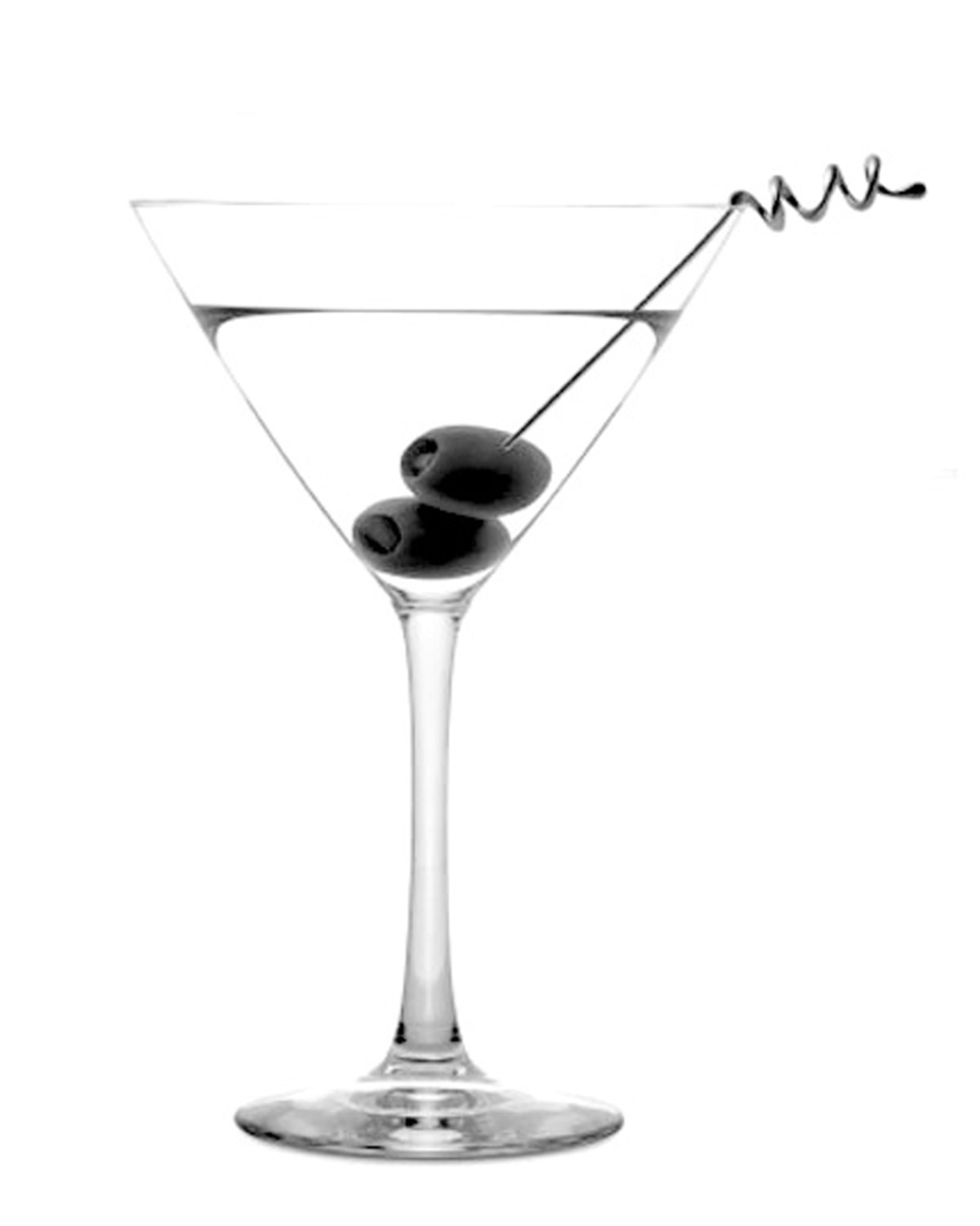Alcohol Facts
Definition of a “Standard Drink”

This is a descriptive term for alcoholic drinks that all contain roughly the same amount of alcohol. A standard drink contains approximately 14 grams of pure alcohol. Twelve ounces of beer, five ounces of wine and 1.5 ounces of distilled spirits like whiskey (the usual size of a shot) are all standard drinks. This term was developed to allow a person to estimate their alcohol consumption.
The alcohol content of a mixed drink is much harder to calculate. The National Institute of Alcoholism and Alcohol Abuse offers an online alcohol calculator that enables one to look up the typical alcohol content of common cocktails, and even to vary the recipe and come up with a fairly accurate number. For example, a traditional martini contains 2.25 ounces of fluid that is 32 percent alcohol, making a traditional martini equal to 1.2 standard drinks. A nine-ounce pina colada that is 13 percent alcohol equals two standard drinks.
Ref: Cocktail Alcohol Calculator
Definition of an Alcoholic
Alcoholism is distinguished from problem drinking by four characteristics:
- The alcoholic has a strong craving for alcohol consumption.
- Once the alcoholic starts drinking, they are not able to stop.
- They develop withdrawal symptoms if they stop drinking such as nausea, sweating, shakiness or insomnia.
- They also develop a tolerance for alcohol. In other words, it takes more alcohol to get them intoxicated than it did earlier.

When all these characteristics are present, the person is said to be an alcoholic. Because it can be dangerous for an alcoholic to stop drinking suddenly, they usually need a medical detox to go through withdrawal which can range from uncomfortable to fatal in its effects.
A person who is abusing alcohol but has not developed these characteristics can often go directly into a rehabilitation program without medical assistance. A medical evaluation would be needed to make a safe determination.
Is the Alcoholic the Only One Running a Risk by Drinking?
Alcoholism is a “problem with alcohol” to a severe degree. Others who may not be “alcoholics” per the definition but abuse alcohol can be creating serious problems for themselves and others.
Alcohol abuse is present when a person creates damaging effects on themselves and others but continue to drink. They may be having problems at school or at work, with relationships or other responsibilities. They may be in legal trouble due to drunk driving or accidents. But they are not, strictly speaking, an alcoholic. If they have difficulty correcting this situation on their own, they can benefit greatly from an alcohol recovery program before they become injured or killed, lose a job, lose a license, or lose their families.
Under some circumstances, even small amounts of drinking can create serious repercussions for a person. If someone has a compromised liver or they are pregnant or taking specific medications, they may suffer ill effects. It is not just an alcoholic who is at risk.
Ref: Alcoholism
Safe Limits for Drinking
While everyone is different, generally safe limits for alcohol consumption are:
For women: No more than three drinks in one day and no more than seven drinks total per week.
For men: No more than four drinks in one day and no more than 14 drinks per week.
Still, this many drinks consumed quickly or without food to slow down alcohol absorption by the body can cause problems. Other health problems such as stomach problems or a compromised liver can change these limits.
Ref: Women and Alcoholism
Alcoholism Treatment
Alcoholism treatment is best undertaken in an environment where no alcohol of any kind is available. An alcoholic desperate for a drink may consume mouthwash, flavorings, or cough syrups. For most people, a completely controlled situation means an inpatient residential drug rehabilitation center. The Narconon program provides withdrawal and detoxification, followed by life skills training to develop skills that have often been lost to addiction, such as:
- How to comfortably face life and resolve problems through communication
- Learning who to trust and who to avoid and how to stay out of situations that could trigger old alcohol habits
- How restore one’s personal values, leaving the past behind and moving into a more positive future.
 ®
®